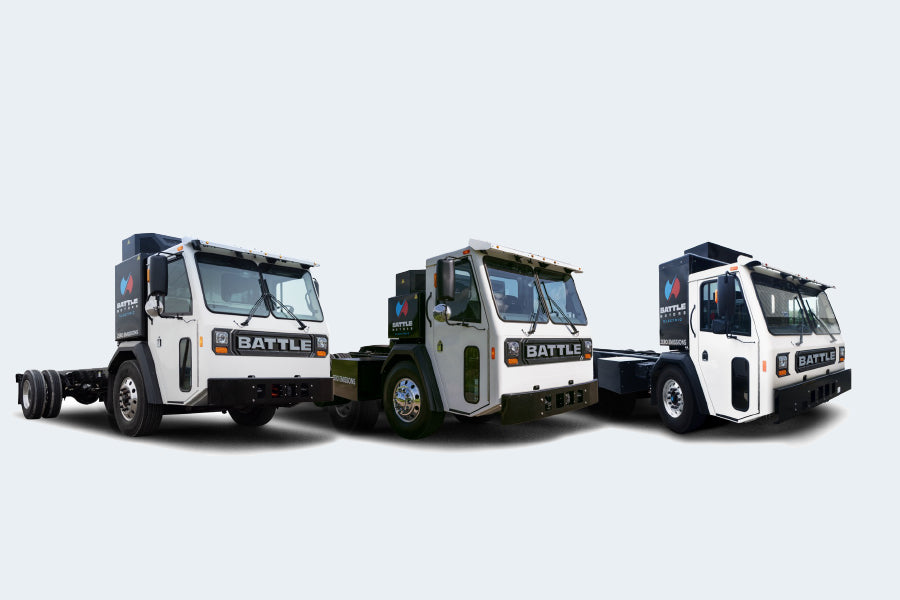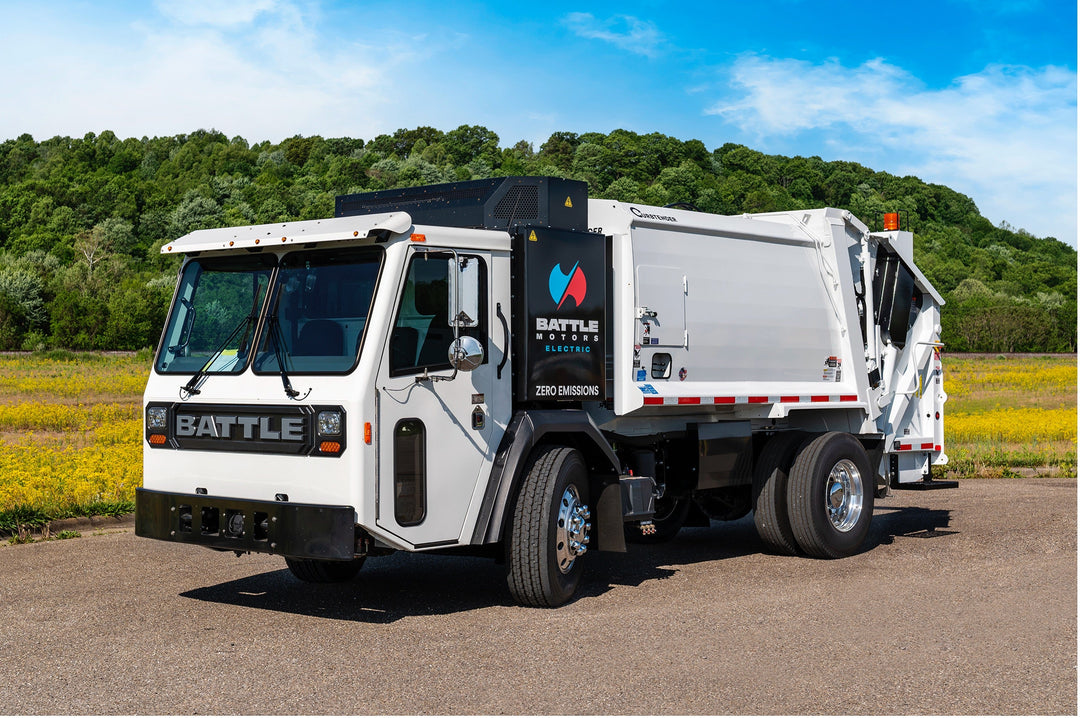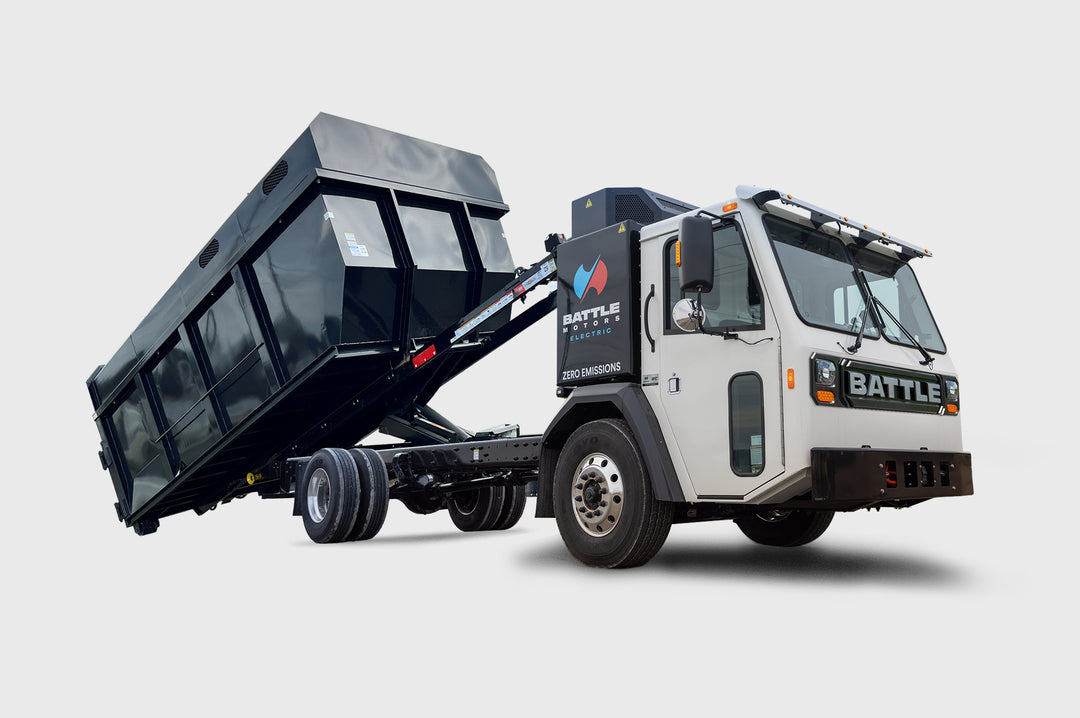THE ROAD TO SUCCESS BEGINS WITH A WELL-CONSIDERED AFTERMARKET PROGRAM

Aftermarket parts should never be an afterthought, but a carefully considered pillar of your operation.
By David Garcia
Whether a truck is a light-duty vocational vehicle or an over-the-road tractor, it is going to be in a service bay one day. Everyday wear and tear accrued miles and road-related mishaps are a part of any truck’s lifecycle, so as the saying goes, Be Prepared. Whether you are managing a fleet or a solo operator, one aspect of preparation that should never be left in the rearview mirror is how to handle service and parts. When that time comes and the need for necessary parts is paramount to keep units rolling, your choices essentially come down to two options: Aftermarket or OE parts.
OE or Aftermarket?
An aftermarket part is a replacement made by a company other than the OEM (original equipment manufacturer). An OE (original equipment or “genuine”) part can be manufactured by an OEM, or more likely by an outside company contracted to manufacture the part for first fit applications. While aftermarket parts have gotten a bad rap in the past, a more careful reading of the pros and cons reveal the real appeal for the use of aftermarket parts in fleets of any size.
Certainly, one option is to go with the OE brand originally installed in the truck. But steeper prices and limited availability (more on that later) might have you looking at aftermarket solutions. In that case, there are a few simple strategies you can employ to help you get quality parts in the aftermarket. If you are trying to match OE quality, you can check part failure rates, and limit your purchase to aftermarket parts that stay at or below 1 to 2 percent, which is the OE standard. But the realities of today’s market also mean operators need to find solutions that offer immediate availability and greater cost effectiveness, which are not typically associated with OE Parts. Big picture: if the priority of your program is maintaining uptime with readily available parts and value pricing, an aftermarket program is probably your best bet.
“All Makes” Makes a Difference
As most fleets are not comprised of just one brand of truck and many managers see an advantage in diversifying their operations, industry pros recommend that dealers develop an “all makes”
Aftermarket Parts program. First, this serves their customers, the end user, much better by creating a next-level opportunity for savings and availability by allowing operators to stock inventory at substantial cost savings that can be realized across their entire fleet. This can represent savings of up to 30 percent over OE price points, especially when talking about larger operations. Another reason is that since proprietary parts are not the norm, most parts within a segment are interchangeable and can be used to service various truck brands, creating expedited service and sales opportunities.
How this looks in the real world is that a dealer might specialize in Battle Motors or Peterbilt, but by also having an all makes service and parts program, they can effectively transform their distributorship into a one-stop truck shop for all end users. By serving as many brands as possible, a dealer is now positioned to exponentially increase their customer base.

A Supply Chain Shortcut
Even in the best of times, supply chains can be uncertain. But in recent times, things have gotten much more difficult as global challenges have created sustained complications. This issue underscores yet another reason why OEMs should guide haulers to a robust aftermarket program, which represents real benefits for end users and dealers alike. By opening up to a larger array of alternative supply chains, dealers and end users now have a number of brands to rely on for any given segment of parts. For example, if an operator is looking for a brake component and they normally rely on just one brand that is not readily available, their truck is going to be sidelined. A much better alternative is to have four other options to go to. Given today’s supply chain challenges, for both operators and dealers, taking advantage of these expanded opportunities makes more sense than ever.
Look for Solutions Providers
Emphasizing this previous point, it is important for end users interested in initiating an aftermarkets program to look for dealers and OEMs who see their role as more than just vendors by demonstrating concern for the lifecycle of your truck. These solutions providers work to build partnerships based on trust and responsiveness that extend beyond the purchase or lease by showing they truly understand the value and urgency of your truck’s uptime.
Here is a rubber-meets-the-road example to make the point: Two dealers have a 50-bay capacity and 100 trucks that need to come in for service. Dealer A’s only concern is their capacity and they put you at the end of the list. Dealer B on the other hand, has a dedicated triage bay and makes room for you to come in so they can assess the situation, which is expedited service if it is a quick fix or an ASAP basis on their schedule for more complex issues. Dealer B is obviously the solutions provider.

To guide you further in the decision-making process as you build-out your aftermarkets program, here are some “silver bullets” to make sure you hit your operational targets. See if your dealer prospect checks off these boxes:
• A long-term, local service dealer with a respected reputation (for vocational operations with local routes).
• Operates an “all makes” program.
• Has multiple brand representation on the service side with the ability to handle multiple truck types.
• Provides mobile service and technicians to reduce trips to the dealer.
• Offers a dedicated triage bay for hook-up and diagnosis to determine if you are looking at a quick fix or a longer-term issue so you can plan accordingly.
• Has a well-stocked and properly monitored parts inventory ready to support their customers—or just the bare minimum.
• For trucks requiring hydraulics parts and service, the requisite knowledge and parts inventory.
• A parts delivery service, a true timesaver.
By teaming your operation with a dealer that meets the above criteria, you gain efficiency and peace of mind knowing you have a reliable partner who has you covered from grille to gate. | WA
David Garcia is the Senior VP of HQ Services at Battle Motors, a leading truck chassis manufacturer. With more than two decades of experience in the heavy-duty truck industry, David has made significant contributions to its growth and innovation. From his early days in Shipping and Receiving to his current role, he has excelled in various positions, including Parts Counter Sales, Parts Department Management, and General Management. David’s expertise extends to industries such as Utility, Telecom, Construction, Rail, Refuse, Propane, and Forestry. Based in Long Island, New York, he is known for his exceptional leadership and unwavering dedication. For more information, visit:
battlemotors.com/pages/parts-service.









